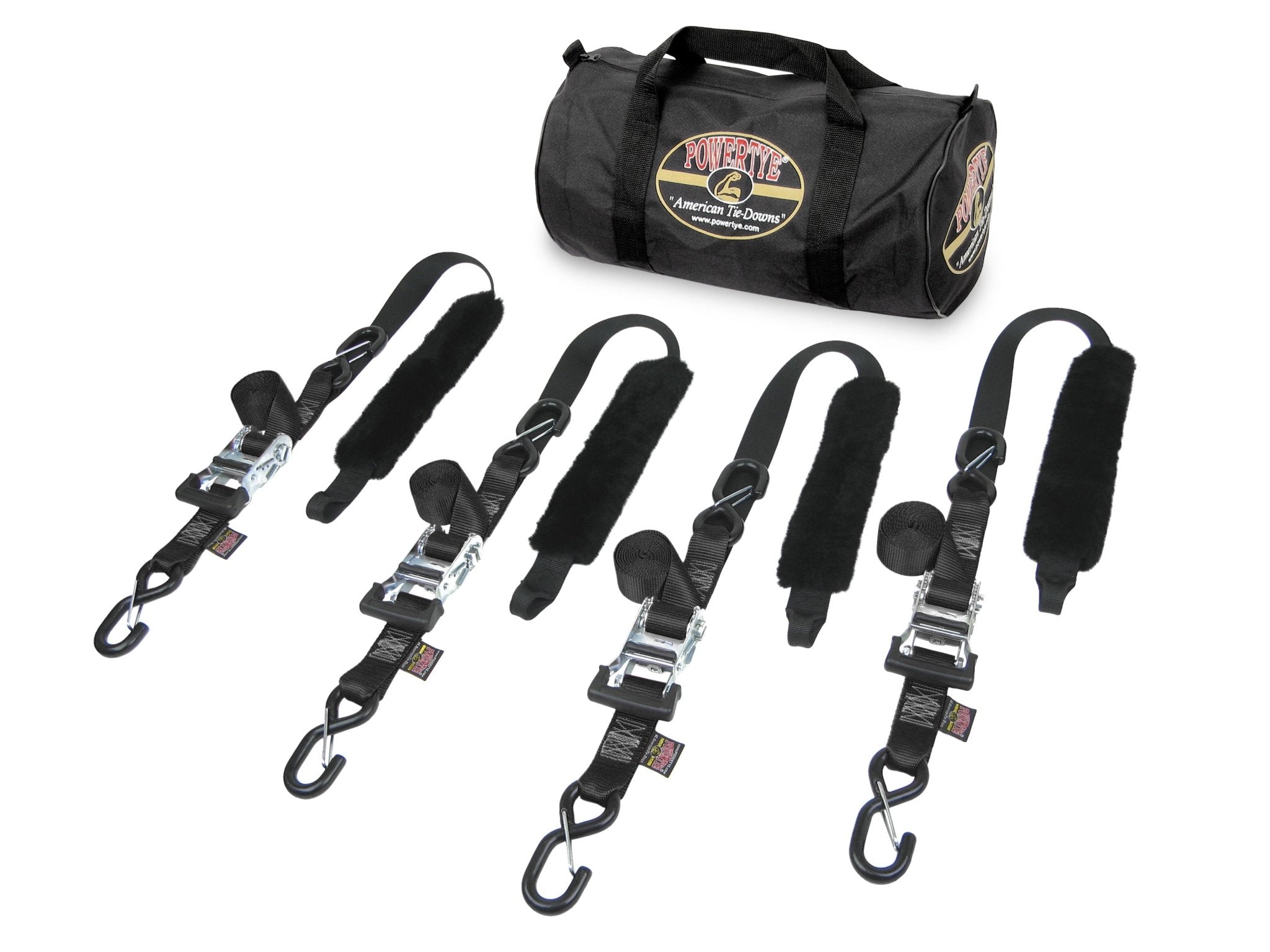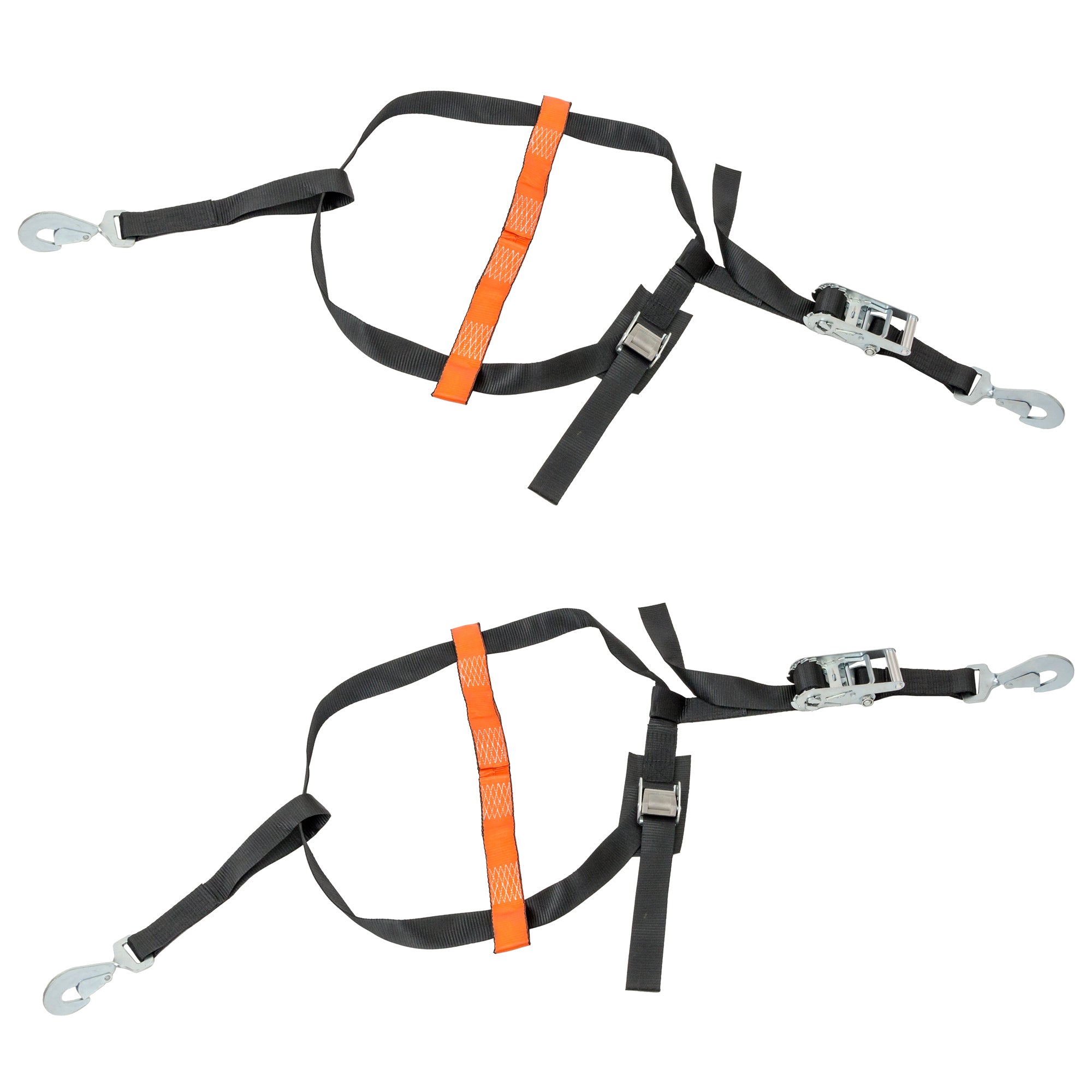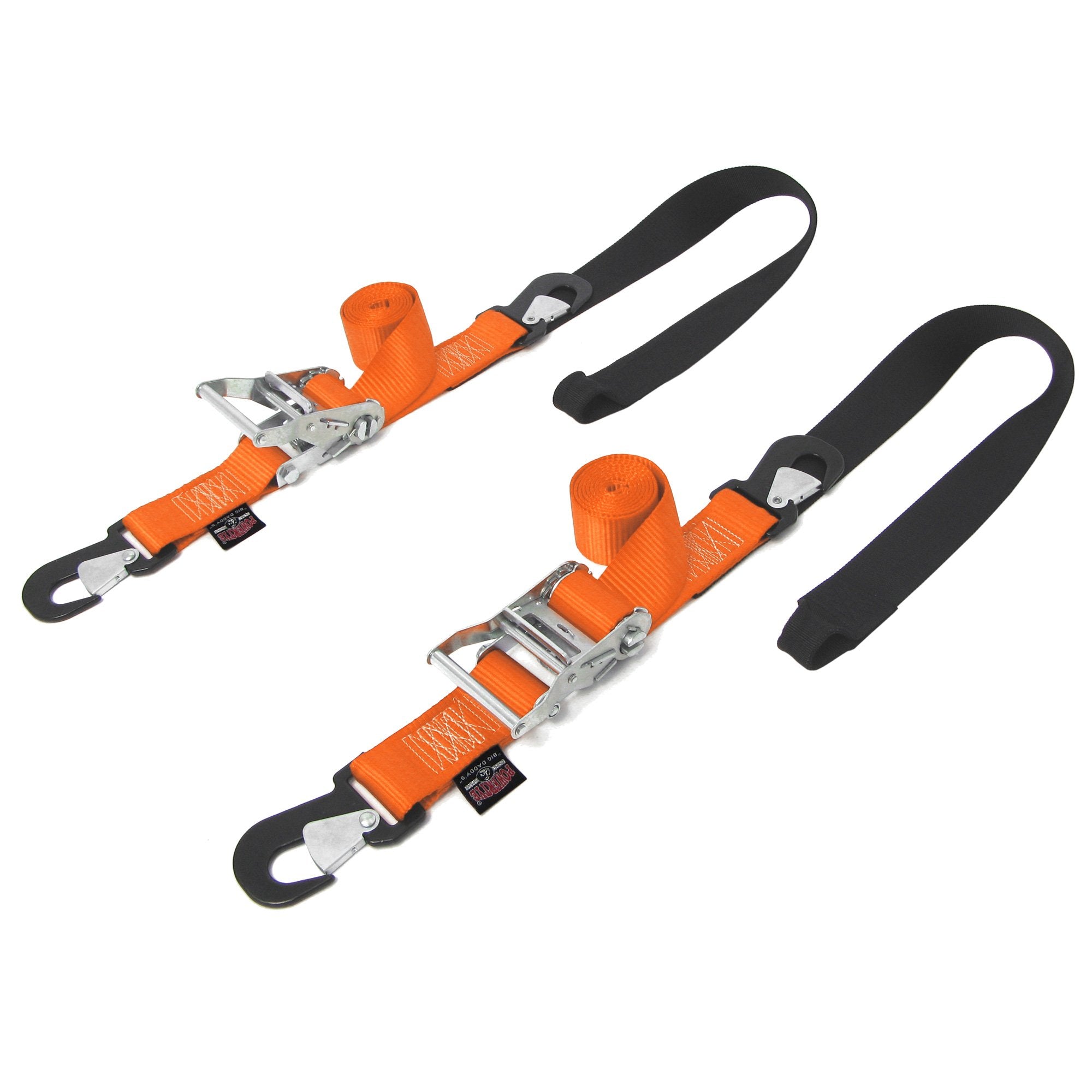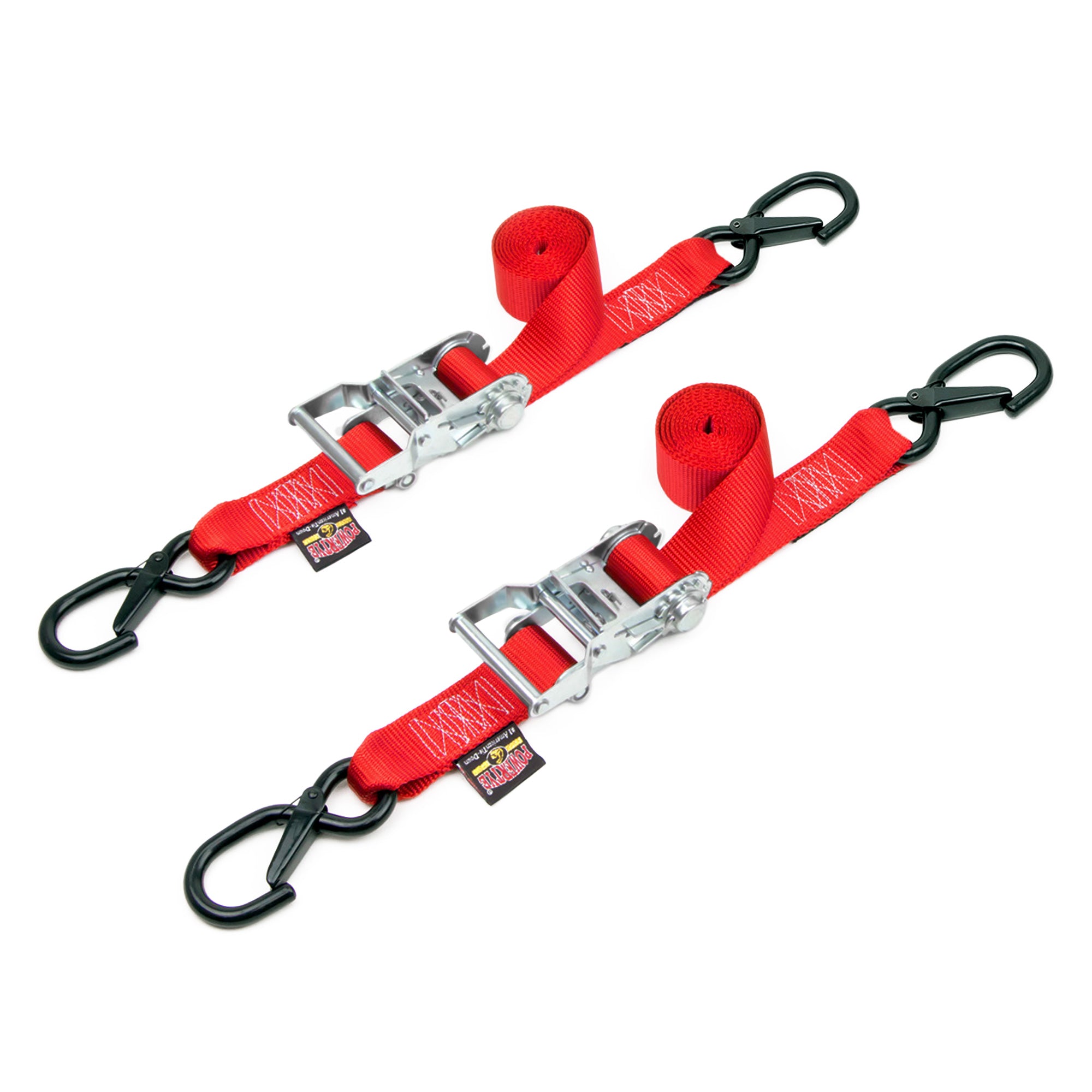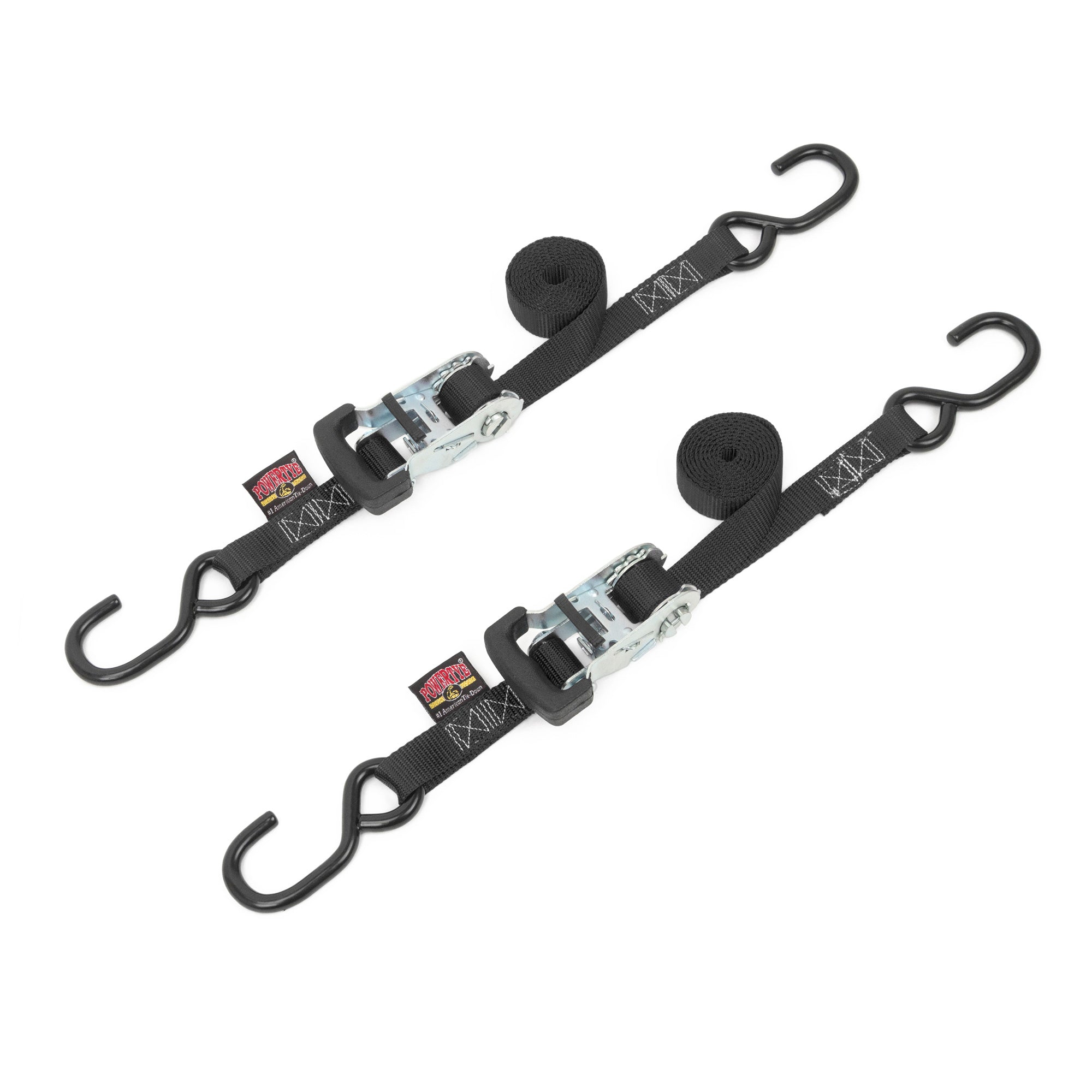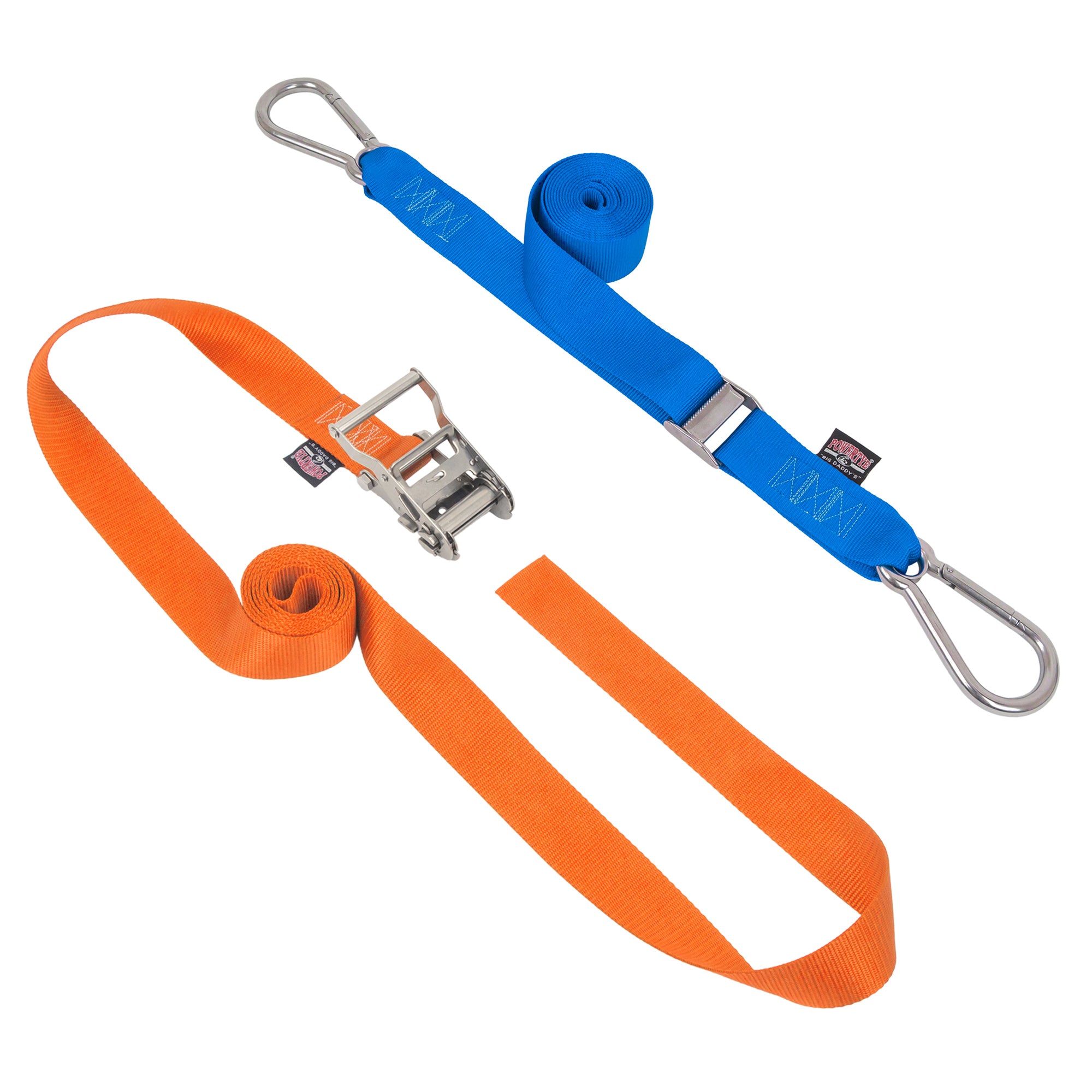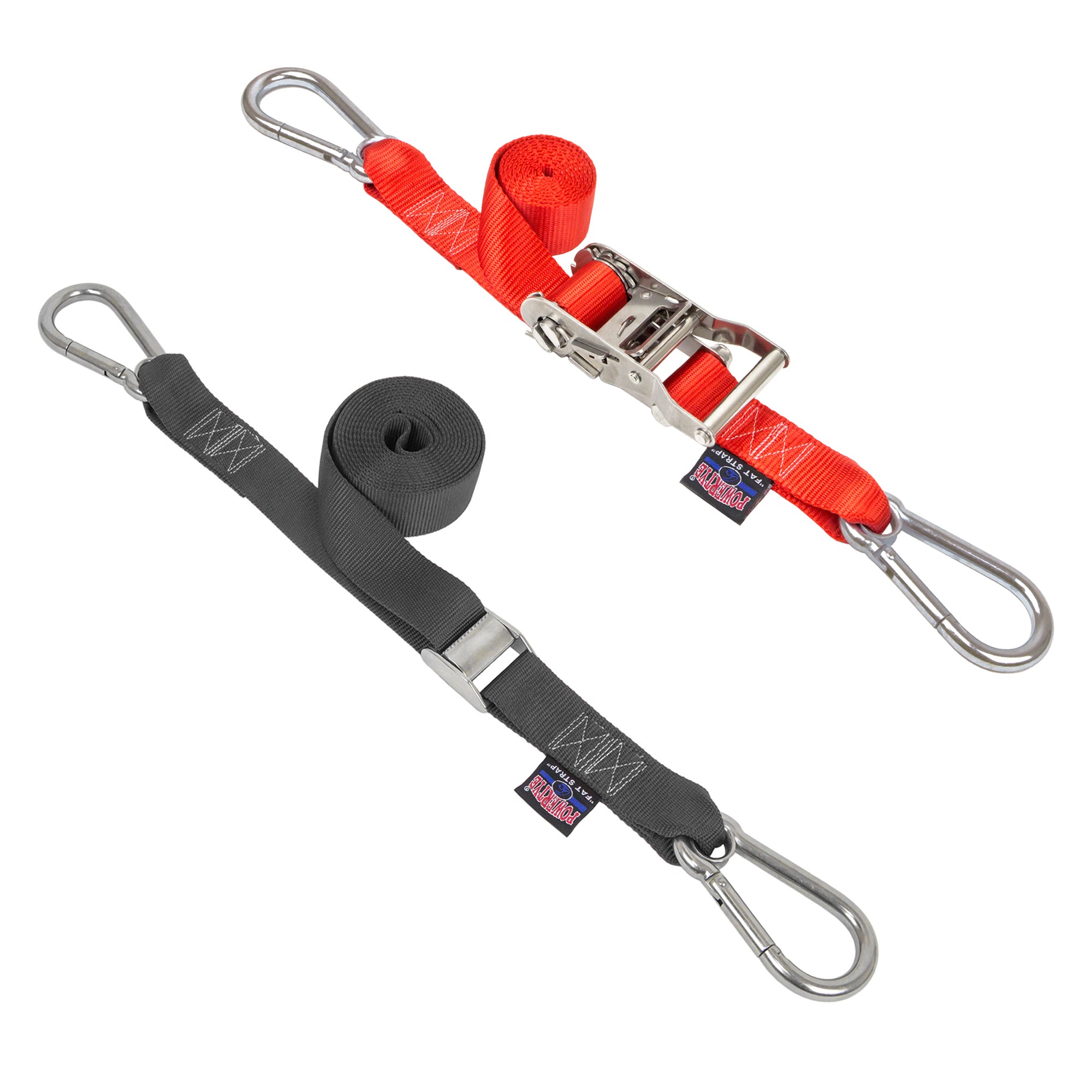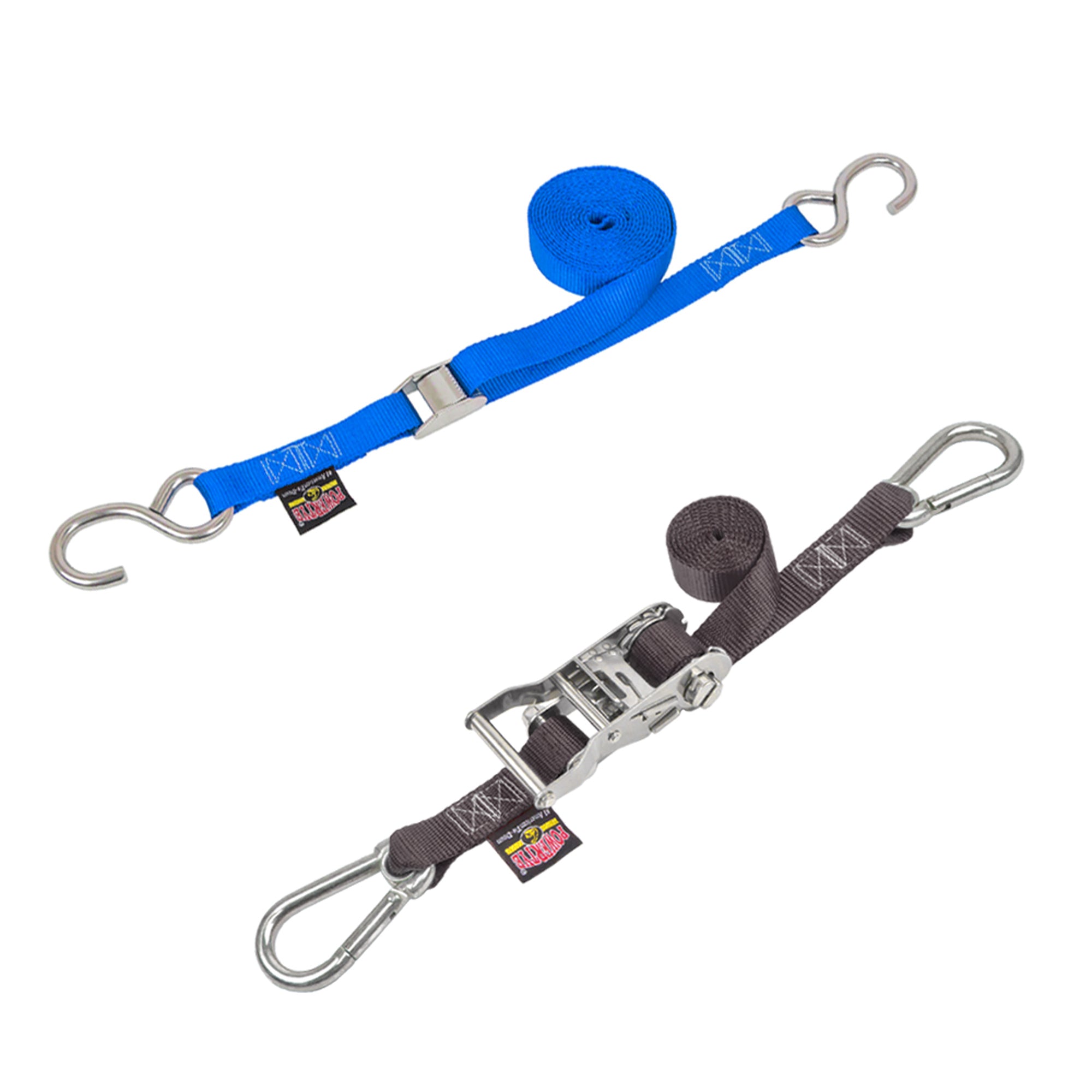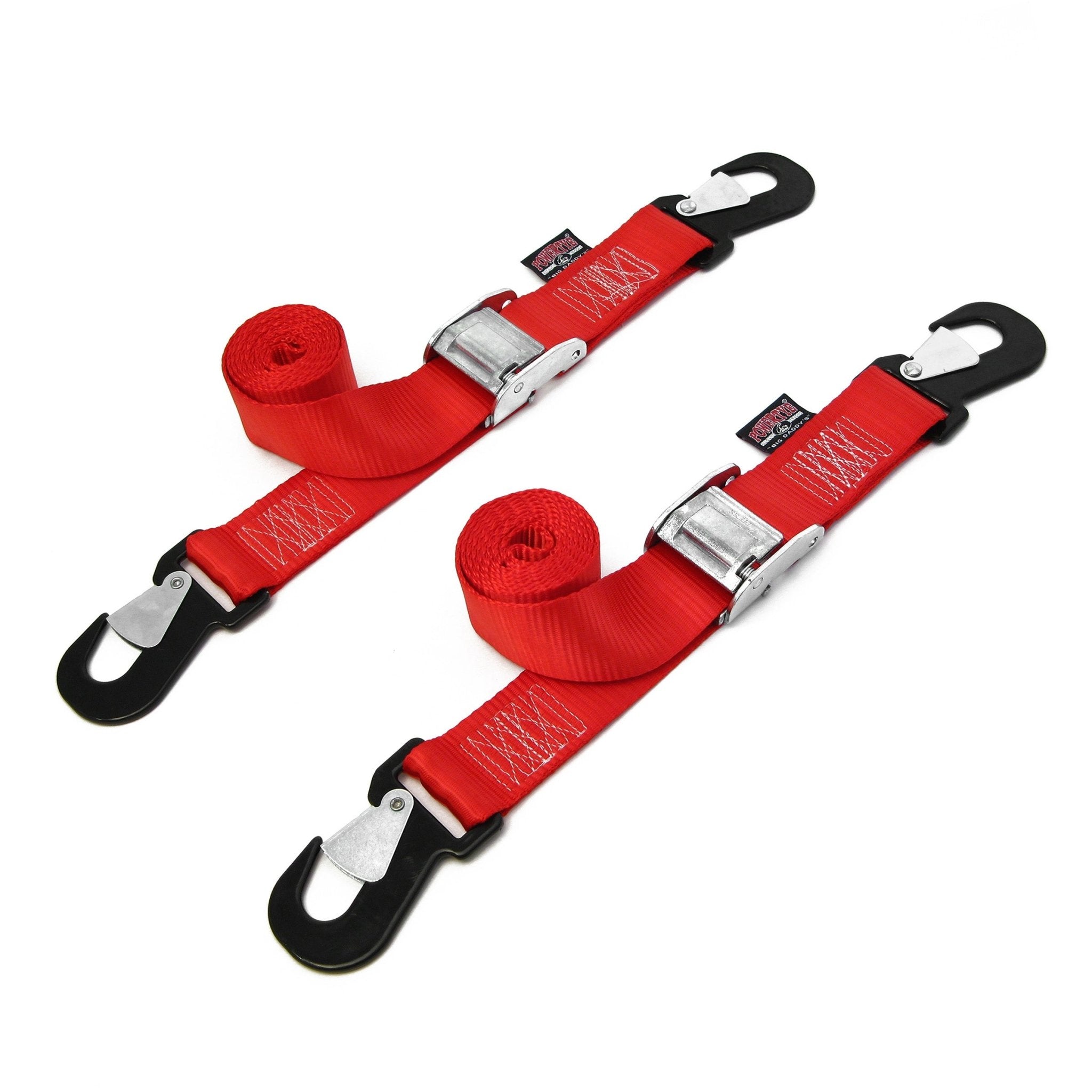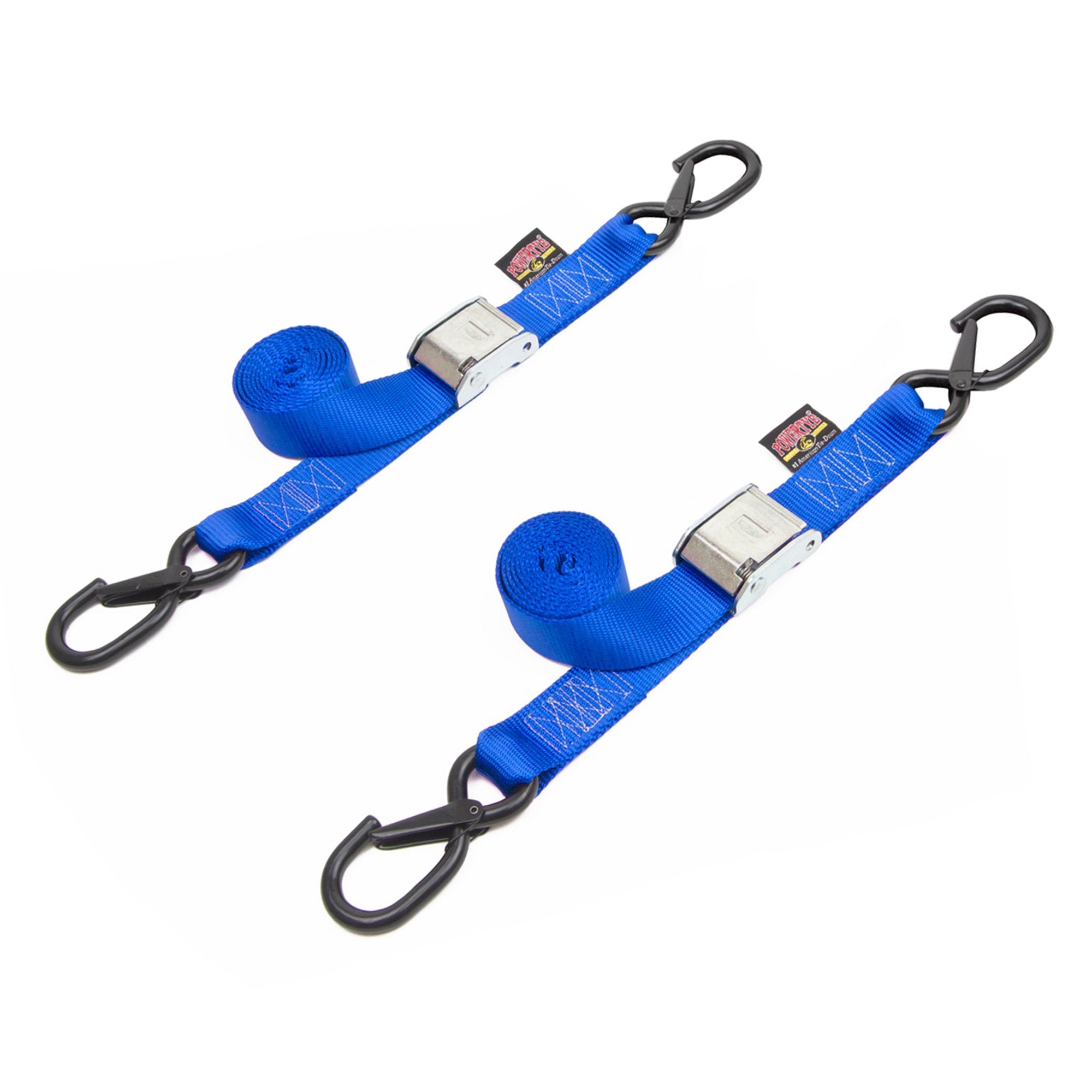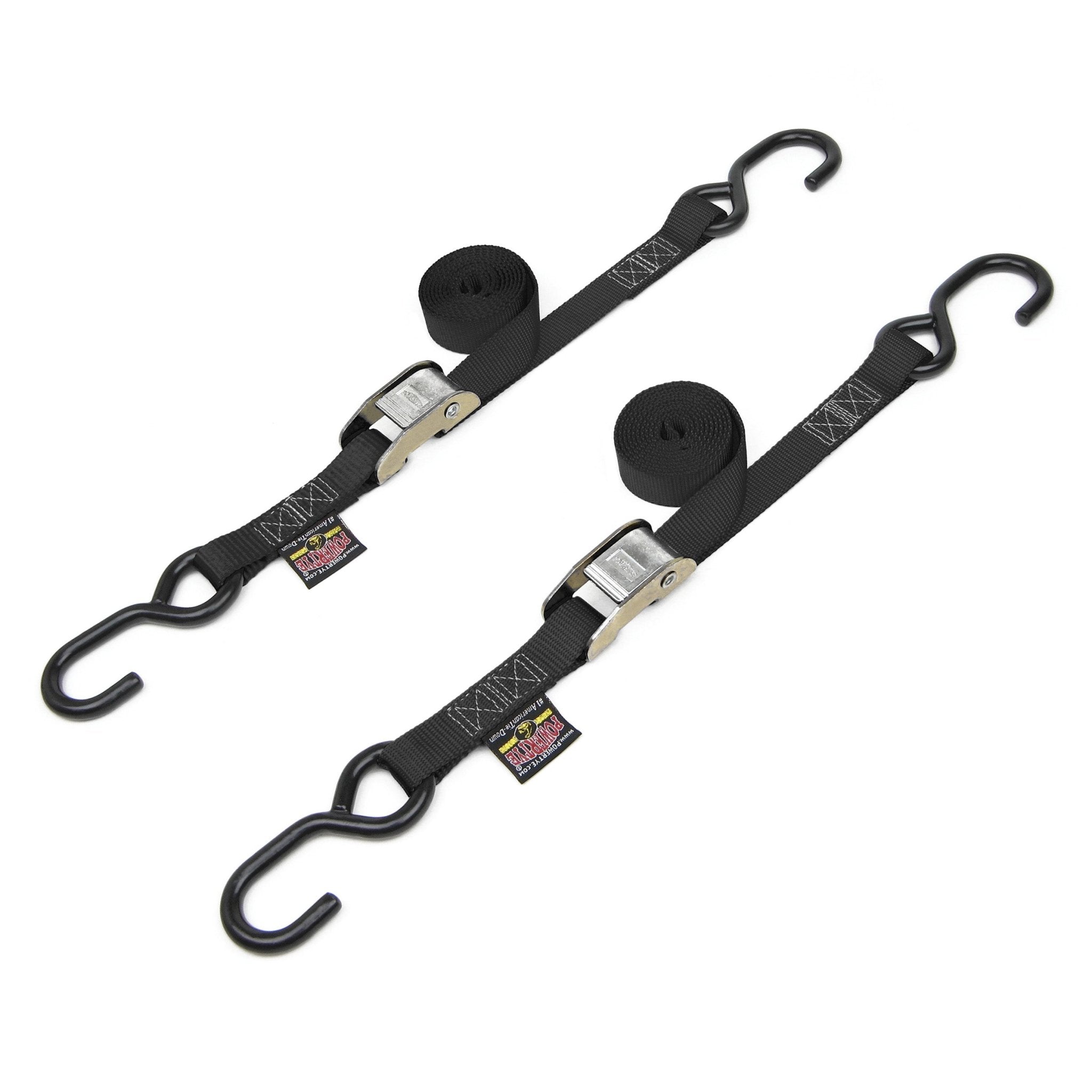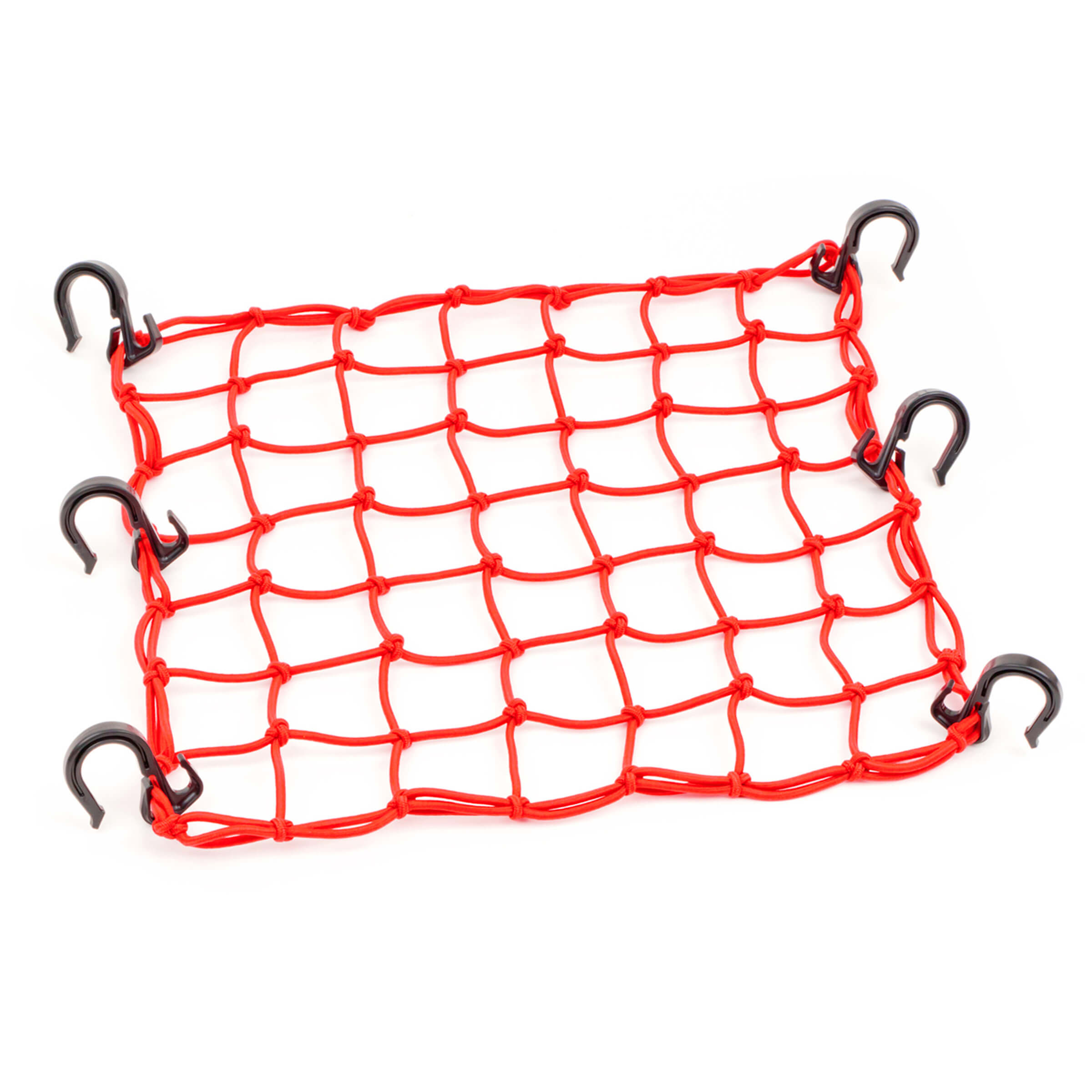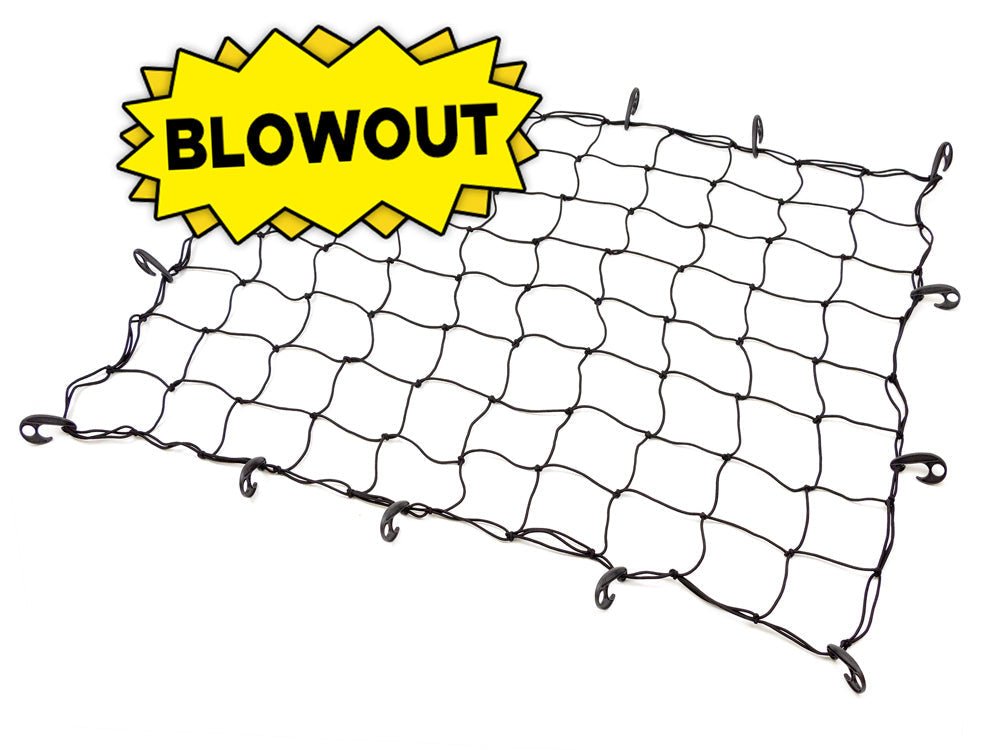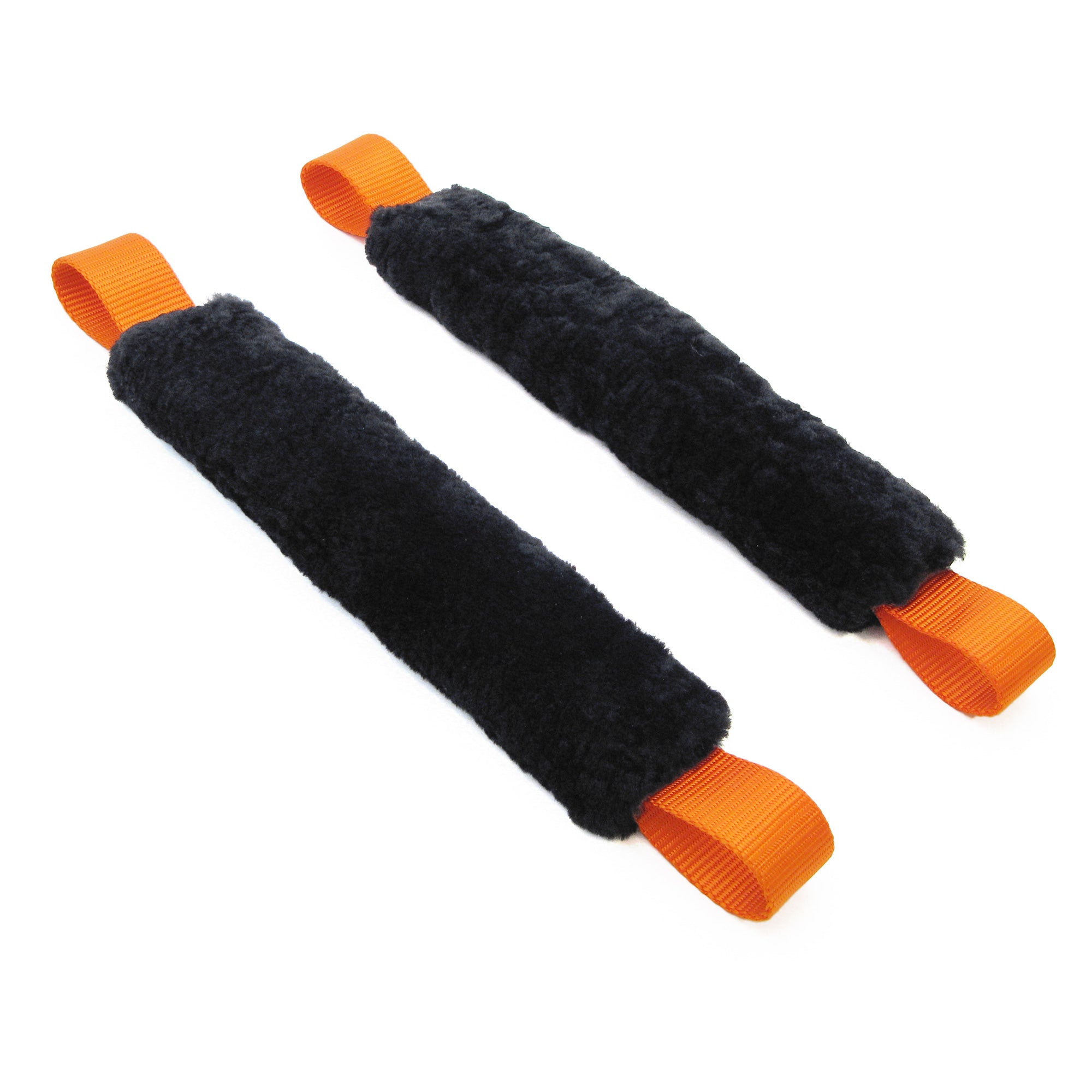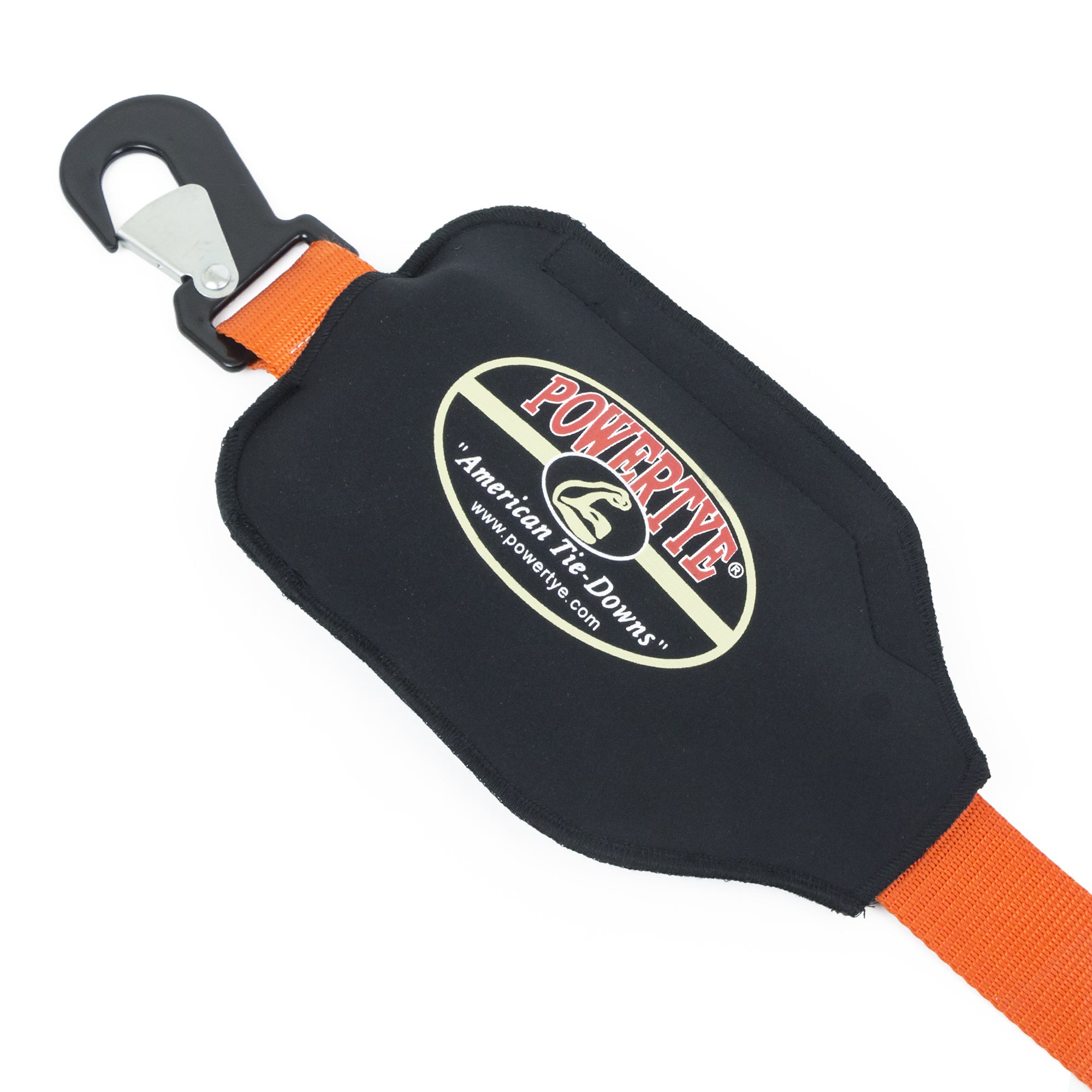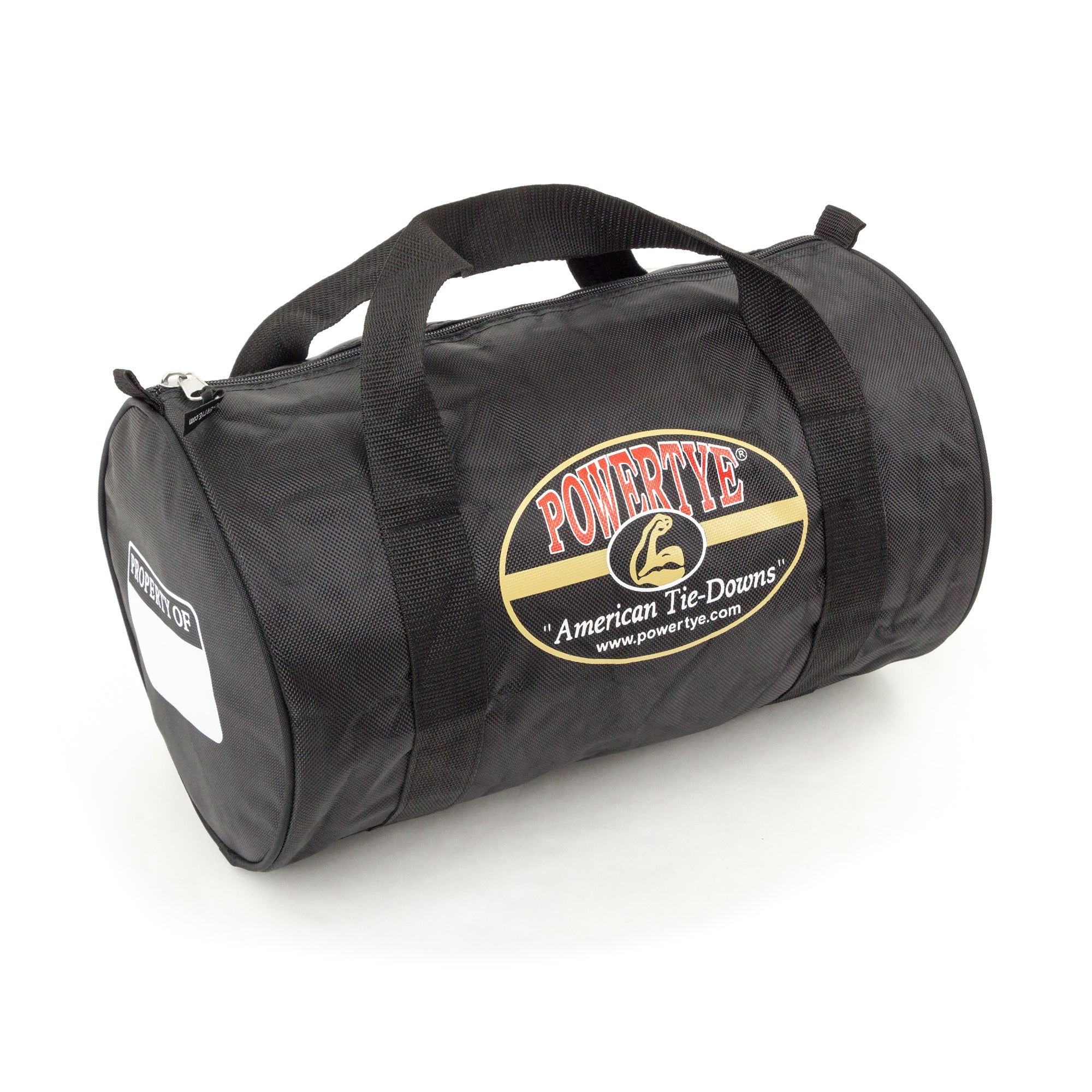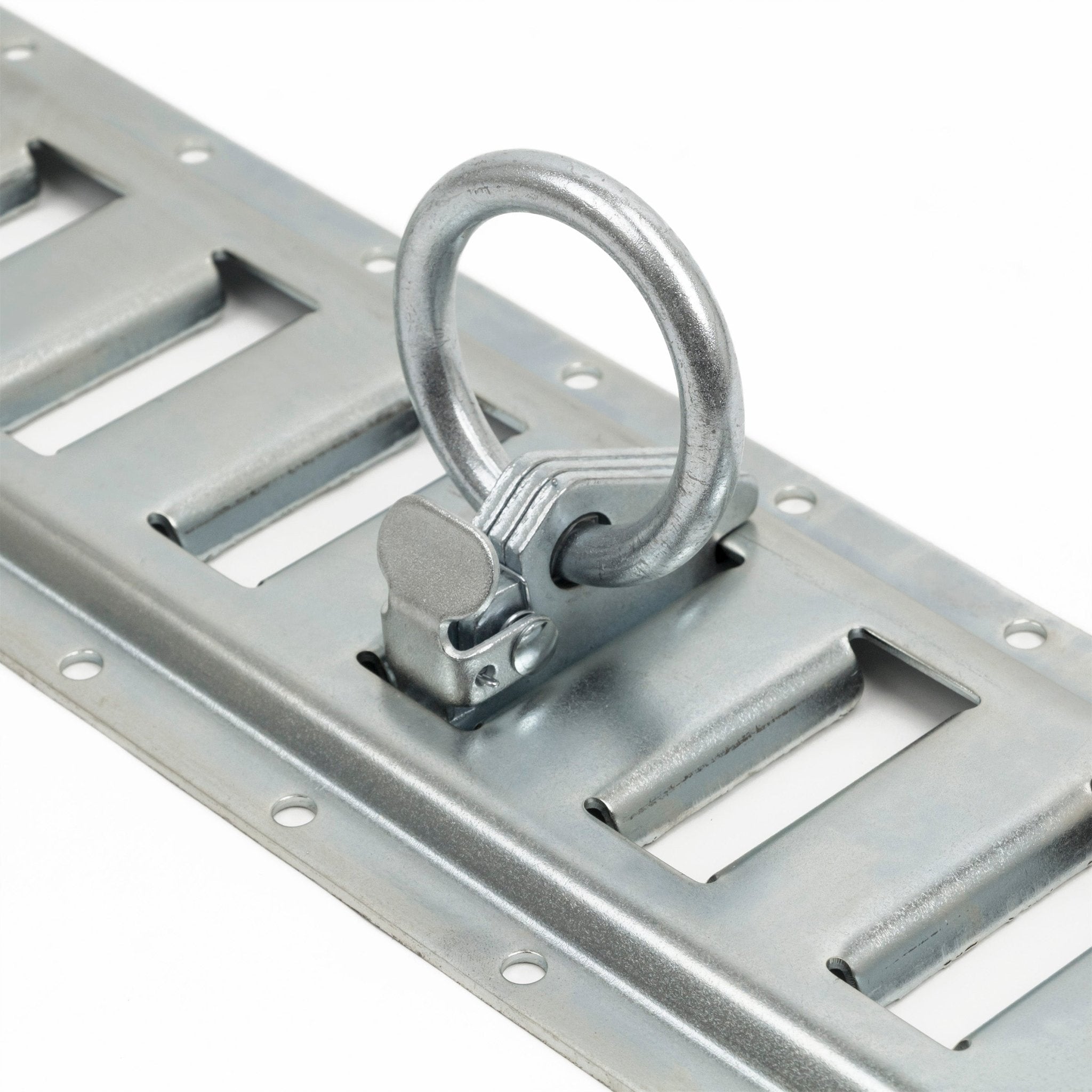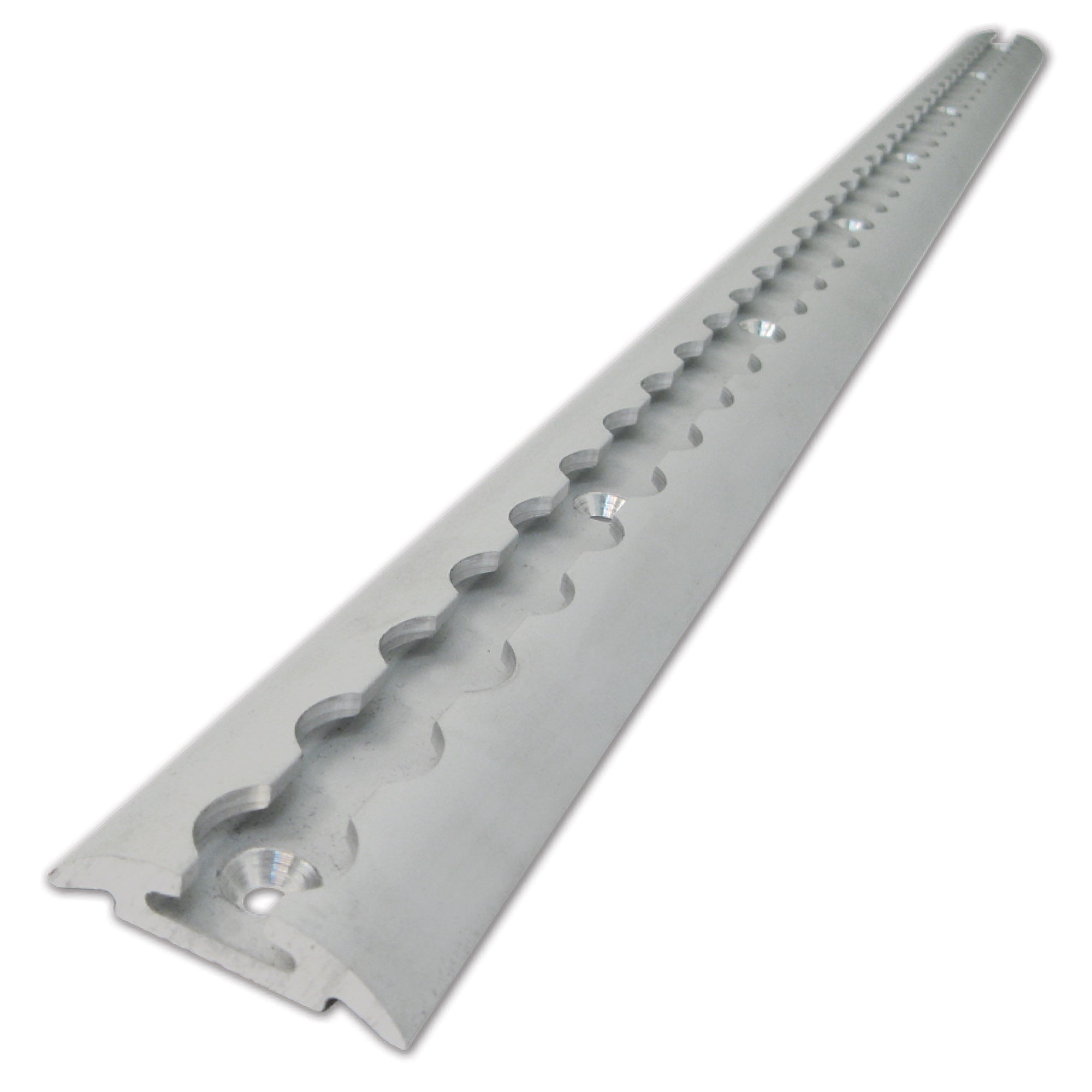Best Way to Strap Down a Dirt Bike: A Complete Guide for Safe Transport
Whether you're hauling your bike to the track, hitting your favorite trails, or heading out for a long weekend ride, one thing is critical—you need to know the best way to strap down a dirt bike. Improper tie-downs can lead to damaged suspension, scratched paint, or worse, a bike that shifts or falls during transit.
Thankfully, securing a dirt bike is easy and safe when you follow the right steps and use the right gear. In this guide, we’ll walk through the most effective methods, what equipment you need, and expert tips to make sure your bike arrives in perfect shape—every time.

Why Properly Strapping Down Your Dirt Bike Matters
If you’ve ever seen a bike tip over in a trailer or slide around in a truck bed, you know how costly poor tie-down habits can be. From cracked fairings to damaged forks or bent rotors, one slip can turn your weekend ride into a repair bill.
That’s why learning the best way to strap down a dirt bike isn’t just a good idea—it’s essential.
Key Risks of Improper Tie-Down:
- Fork or suspension damage from over-compression
- Frame scratches or wear
- Unstable load during transport
- Potential safety hazard on the road
The Core Gear You Need
Before we get into the step-by-step, let’s cover what you need to get the job done right.
✔️ High-Quality Ratchet Straps or Cam Buckles
Choose straps with a safe working load of at least 500 lbs per strap. Soft-Tye straps are ideal for dirt bikes, as they help prevent scratches by looping around handlebars or triple clamps.
✔️ Wheel Chock or Fork Saver (Optional but Recommended)
Wheel chocks help keep the front tire centered. A fork saver or suspension block between the front tire and fender prevents over-compression of the front forks.
✔️ Anchor Points
These could be D-rings in your trailer, tie-down hooks in your truck bed, or installed E-track systems. Make sure they’re rated and bolted securely.
Step-by-Step: Best Way to Strap Down a Dirt Bike
Let’s walk through the best method from start to finish. This method protects your bike, keeps it stable, and works for both truck beds and enclosed trailers.
1. Load the Bike Up Centered and Straight
Use a ramp to carefully roll the bike into position. It should be centered in the truck bed or trailer with both wheels aligned.
If you're transporting multiple bikes, give each one its own tie-down points and space to avoid contact.
2. Use a Fork Saver or Block (Optional)
Place a fork saver between the tire and fender to prevent your suspension from compressing too far during tie-down. This reduces stress on your fork seals and prolongs suspension life.
3. Attach Soft-Tyes to the Handlebars or Triple Clamp
Loop a Soft-Tye around each side of the handlebars or around the lower triple clamp. Avoid the brake lines, throttle cables, or plastics.
Connect your ratchet or cam buckle straps to these soft-tye loops to avoid metal-on-metal contact.
4. Anchor the Straps to the Truck or Trailer
Secure each strap to a tie-down point in front of the bike. Angle the straps forward and downward at 45 degrees for maximum stability.
Make sure both straps are anchored to solid points that can handle the load.
5. Tighten Straps Evenly
Tighten each side evenly to compress the forks just slightly—enough to hold the bike stable, but not bottomed out. You should feel firm resistance, but the suspension should still have a bit of room to travel.
With ratchet straps, avoid overtightening. With cam buckles, pull as tight as you can by hand.
6. Add Rear Straps (Optional)
For long hauls or added peace of mind, add a second set of straps to the rear of the bike. Loop them around the subframe or rear pegs, and anchor them to tie-down points angled backward and down.
Rear straps aren’t always necessary but can help if you’re driving rough roads or carrying extra gear.
7. Check Your Work
Do a full walkaround to ensure:
- Straps aren’t rubbing against sharp edges
- Hooks are properly latched
- Suspension is evenly compressed
- The bike doesn’t shift when rocked
Pro Tips for Safe Dirt Bike Transport
- Use Soft-Tyes whenever possible to avoid handlebar damage or scratched paint.
- Avoid strapping to the grips—they can tear or rotate under pressure.
- Don't over-compress the suspension. Slight pressure is enough for stability.
- Check the straps after 10–15 miles. The load may settle during initial transport.
- Never tie down to moving parts like the brake pedal, footpegs, or shift lever.
Best Tie-Down Options from PowerTye
At PowerTye, we’ve built our reputation on premium, American-made tie-downs that riders can trust. Here are a few of the most popular options for dirt bike hauling:
1.5in Deluxe Soft-Tye Ratchet Straps with Swivel Latch Hooks
- Built-in Soft-Tye extension
- Swivel Latch Hooks stay secure in place
- Industrial-grade ratchet
- Great for dirt bikes, adventure bikes, and ATVs
1in Ratchet Straps with S-Hooks
- Lightweight but strong
- Perfect for lightweight bikes
- Easy to store and handle
Cargo Nets and Accessory Straps
Secure gear bags, helmets, and other trail gear in the same load using PowerTye's Supreme Hybrid Cargo Nets.
All PowerTye products are made in the USA with heavy-duty components, so you never have to worry about performance on the road.

Frequently Asked Questions
How many straps do I need to secure a dirt bike?
At a minimum, two straps on the front of the bike are required. Adding two rear straps is ideal for added stability, especially for longer trips or bumpy terrain.
Can I use bungee cords instead of ratchet straps?
Absolutely not. Bungee cords do not provide the same level of tension or reliability and are prone to snapping. Always use rated ratchet or cam buckle straps.
Should I strap my dirt bike down with the kickstand?
No. Always transport the bike upright, with the kickstand retracted. The stand isn’t designed to support the weight and tension from tie-downs.
Is a wheel chock required?
Not required, but highly recommended. A wheel chock keeps the front tire centered and reduces shifting during turns or sudden stops.
Common Mistakes to Avoid
- Over-tightening straps and bottoming out your forks
- Using worn-out or frayed straps
- Forgetting to re-check tension after the first few miles
- Hooking straps to weak points on the bike
- Leaving the bike in gear during transport (use neutral)
Final Thoughts: Make It a Habit, Not a Hassle
Learning the best way to strap down a dirt bike is part of becoming a better rider and more responsible hauler. It’s not just about protecting your bike—it’s about protecting your time, your investment, and your riding season.
With the right straps, a few best practices, and quality gear from PowerTye, you’ll never have to second-guess your tie-downs again.
Get out there, ride hard, and haul safe.



